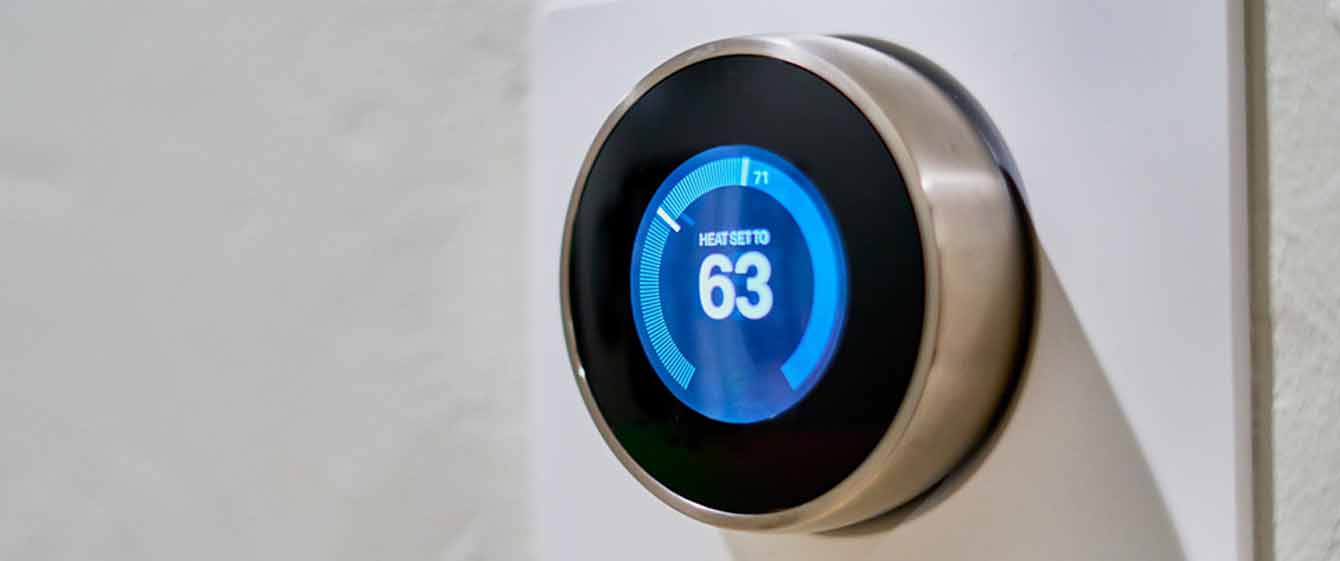Covid-19 and the IoT (Internet of Things)
As a new research subject in a wide variety of academic and industrial disciplines, especially in healthcare, the Internet of Things (IoT) has gained compelling research ground in recent years. By integrating technical, economic, and social prospects, the IoT revolution is reshaping modern healthcare systems. Healthcare services are changing from traditional to more personalized healthcare systems that make it easier to diagnose, treat and monitor patients
With the advent of healthcare IoT and big data analytics, you can now gather data from areas where it was previously either performed manually or not done at all. Smart thermometers, for instance, feed data to global medical networks in real-time; bench-top analyzers analyze patient samples instantly and exchange data with disease detection tools built miles away in real-time.

At the Virginia Tech Network dynamics and simulation laboratory, disease tracking tools such as HealthMap and IoT are interconnected networks, devices, or sensor objects. They can all be interconnected in remote areas to gather data without a more comprehensive Internet. To monitor diseases in real-time and to apply predictive analytics to avoid their spread, you will ultimately link this knowledge to the more extensive network to integrate it with the global health data system.
The absence of readily available and appropriate data to test a hypothesis has contributed to the lack of evidence-based methods in managing infectious disease. Health services can quickly solve this challenge with innovations and the introduction of the IoT. Clinical researchers are best prepared to perform an evidence-based study of an emerging outbreak by gathering data from remote areas and feeding it into the global health system along with data from other sources. They may recommend prevention measures using data from the IoT network based on this study or further assess if the proposed control measures are adequately enforced.
For example, washing hands and using sanitizers can be easily monitored using IoT-enabled devices in the case of a flu outbreak in the United States. Their effect on the spread of flu can be tracked, all in real-time, using the data collected. IoT continues to play an increasing role in connected health and prevent the spread of infectious diseases, along with related emerging technologies. However, to be achieved efficiently, proper preparation and careful implementation using the necessary technology platforms and resources are required. Thanks to IoT-enabled technology, it is now a fact to more proactively detect and avoid the spread of infectious diseases than ever before.
Companies dealing with COVID-19 are always using computing power to analyze vast databases and find correlations that offer valuable information from current medical data to make the diagnosis more reliable and provide quality patient treatment. COVID-19 organizations or businesses will now save more lives with their increased efficiencies. Organizations would be able to assess which patient has a greater risk of COVID-19 being contracted. Also, it is possible to keep post-discharge results under control, and the number of readmissions can be significantly reduced.
In comparison, the test will no longer take time, and patients will know quickly what they are dealing with and what steps they need to take next.
Our framework has been developed to develop smart IoT devices and sensors, cloud computing, big data, artificial learning, and smartphones. This application has been developed for patient-centric prediction, prevention, diagnosis, and care. Wireless networking systems have evolved exponentially and are accessible anywhere to deal with health problems remotely. COVID-19ecosystem has emerged as an advance in the role of Big Data machine learning with effective decision-making and support for a new age.